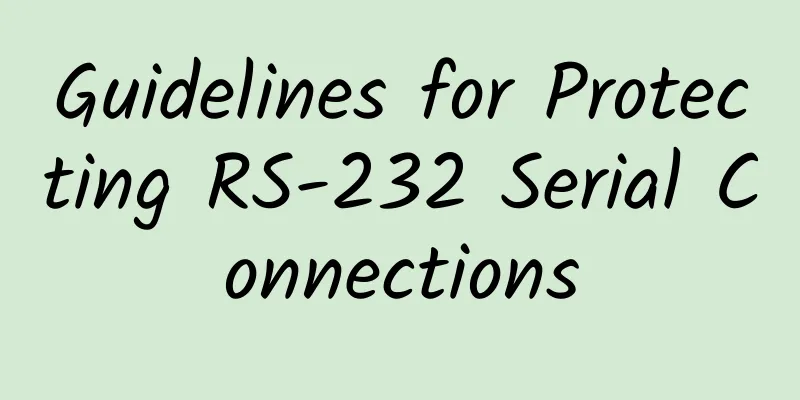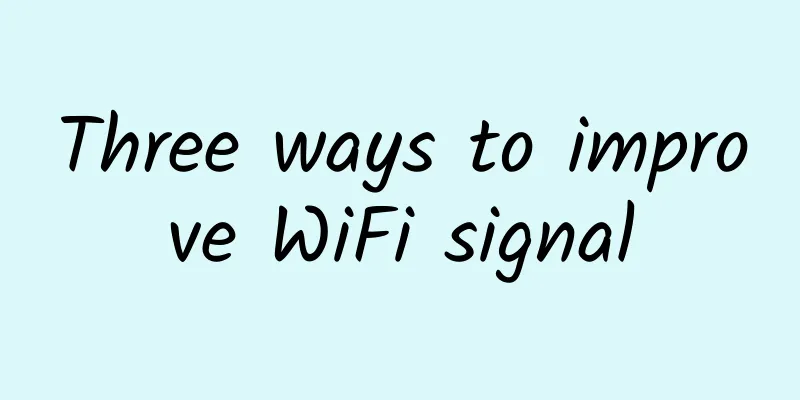Teach you how to distinguish inferior cables

|
1. The harm of fake and inferior wires Electric wires are special commodities that are related to the safety of life and property of thousands of households and the normal operation of almost all industries. They are used in a wide range of areas, especially in temporary wires and indoor wires for home decoration. If fake and inferior wires and cables are used, they may cause short circuits and electric shocks at the least, or cause fires and casualties at the worst. At the end of 2009, the sampling results of the Yunnan Provincial Administration for Industry and Commerce showed that nearly 60% of the wires and cables in circulation in the province were unqualified, and nearly 50% of the wires and cables on the market had shoddy copper cores. Rough statistics from the Yunnan Fire Department show that in recent years, more than 40% of fires were caused by electrical failures, and black-core wires and cables with "shrunken" copper cores were one of the main causes. 2. Characteristics of counterfeit and inferior wires 1. The cable is not long enough The main means used by illegal manufacturers is to play tricks on the length of wires and cables. The actual length of wires and cables is less than the nominal length, but the price is calculated according to the nominal length. The most typical example is the cloth wire packaged in rolls. The national standard stipulates that each roll is 100 meters, and the measurement error is no more than 0.5%, that is, the length of each roll is 100±0.5 meters, but many manufacturers blatantly mark 100±20 meters on the qualified card, and the actual length is only about 80 meters. If the selling price is converted to per meter, it is not cheap. This kind of deception is relatively easy to identify. First, look at the qualified card; second, check the length, because the cloth wire is relatively soft and easy to measure. 2. The resistance value does not meet the national standard Wires with resistance values exceeding the standard may have too high a temperature under the same current, which will accelerate the aging of the outer insulation layer and cause short circuits and fires. Moreover, due to the excessive resistance, the energy consumption of the power transmission process will be greatly increased, increasing electricity costs. 3. Poor quality of raw materials The first trick is to target copper conductors, which account for 80% of the cost of wires. Bad manufacturers first reduce the quality of copper materials. They use much cheaper impure copper, recycled copper, or even traditional copper smelting methods. The copper content is extremely unstable, which leads to a significant increase in the resistivity of copper conductors. Second, they reduce the amount of copper materials used. They reduce the actual cross-sectional area of the copper core. The direct consequence of these two practices is that the wires overheat during use, damage the plastic of the insulation layer, cause short circuits, and cause fires. The second trick is to be tricky with the plastic used for the insulation layer. Just like copper materials, the quality is degraded. The price difference between each ton of recycled insulation material and qualified PVC plastic powder is nearly 2,000 yuan. However, the recycled insulation material has a high impurity content, low mechanical strength, and reduced aging resistance and electrical insulation performance. This practice will directly lead to leakage in the wires. 3. Identification of fake and inferior wires 1. Check the label. The content of the wire certificate produced by a regular manufacturer should include: 3C certification mark, certification number, model specification, implementation standard, rated voltage, wire length, production date, producer, inspector, factory name, factory address, landline number, anti-counterfeiting mark, etc. The labels of counterfeit products are often not clearly printed or the printed content is incomplete. 2. Look at the surface. The plastic outer skin of regular wires is soft and smooth, with uniform color. Several items on the product certificate should also be printed on its surface, such as: 3C certification mark, certification number, model, rated voltage, implementation standard, factory name, etc. At the same time, the handwriting must be clear and not easy to erase. 3. Try bending. You can take a wire and bend it repeatedly by hand. The wires that are soft to the touch, have good fatigue resistance, are made of plastic or rubber with high elasticity, and have no cracks on the insulation are of high quality. The insulation layer of fake wires may seem very thick, but in fact, it is mostly made of recycled plastic. If you squeeze it a little harder, the squeezed part will turn white, and the wire will break after bending 4 to 6 times. 4. Tear off the insulation. High-quality insulation materials have certain mechanical strength and flexibility, and cannot be easily torn apart. However, a piece of inferior wire can be torn off or pinched off by hand; 5. Watch the burning. According to regulations, the insulation layer of the wire has a certain degree of flame retardancy. Peel off a section of the insulation layer and ignite it with a lighter. If it continues to burn after leaving the open flame, it is a low-quality wire. 6. Check the thickness. Cut a section of the insulation layer to see if there are visible pores on the cross section of the insulation layer and whether the wire core is located in the center of the insulation layer. If it is not centered, it is due to the eccentricity caused by low craftsmanship. The presence of pores indicates that the insulation material used is unqualified. Severe eccentricity is most likely to cause leakage on the thinner side, and pores also affect the withstand voltage strength. 7. Look at the copper wire. The color of high-quality copper wire is bright and reddish, while the color of low-quality copper core wire is purple-black, black, yellow or white, with high hardness, many impurities, poor mechanical strength, poor toughness, and will break with a little force. In addition, the wire often breaks. For multi-strand soft wires, touch the top of the copper wire with the palm of your hand. It should feel flat, without any tingling sensation, and relatively soft. Otherwise, it is a low-quality wire. 8. Look at the price. Since the production cost of counterfeit and substandard wires is low, vendors often sell them at low prices under the guise of cheap and good quality, thus deceiving people.
According to the above simple verification methods, it is basically possible to identify whether it is a good or bad wire. If you need to speak with data, please use the corresponding instruments to test the length, diameter, thickness, resistance, withstand voltage and strength of the wire. 3. Tips Looking closely at the printed label, the writing is blurred and the address is unclear. If you rub the insulating leather with your hands, it will fade in color and letters, which will lead to poor quality. Then use your fingernails to scratch and pinch the thread, usually until the thread is scratched or peeled off. The insulated wire will break if you bend it three or four times. Use fire to ignite the wire insulation, and the wire will spontaneously ignite if away from the open flame. The wire core is usually made of aluminum and copper, which becomes darker in color and lighter in luster. Carefully measure the inner and outer diameters, and check the looseness of the skin before weighing. 4. Explanation of the formula 1. Look carefully at the printed label. The words are blurred and unclear. This means looking at the printed words on the label and the insulation cover. If there are typos or uneven printing depth or blurred words, you should pay attention. 2. Rub the insulation with your hands, the color and characters will fade, which indicates poor quality. This means rubbing the insulation with your fingers. Some inferior insulation wires are prone to discoloration, especially red wires. If the color of the wire remains on your fingers or the characters printed on the wire are wiped off after rubbing, it is generally a poor quality wire. 3. Use your fingernails to scratch or pinch the wire. If a piece of it is scratched or peeled off, it is generally a poor quality wire. 4. Repeated bending of the insulated wire will break after three to four times. This refers to repeatedly bending the insulated wire. The insulation layer of inferior wires is generally made of poor material. After bending 3 to 4 times, the insulation layer will break. 5. Use fire to ignite the wire insulation, and the wire will spontaneously combust without the open flame. This means that the insulation layer is ignited, and the wire that can spontaneously combust without the open flame is a low-quality wire. 6. The core of the wire is usually made of aluminum and copper, which makes the color darker and less shiny. It refers to the color of the core of the wire. The inferior wire is dark in color and has no metallic luster. 7. Measure the inner diameter and outer diameter carefully, and check the weight before weighing. If the above 6 methods still cannot determine, you can also measure the outer diameter and core diameter of the insulated wire. The allowable error is ±10%. If the measured value exceeds the allowable error, it is basically a low-quality insulated wire. |
<<: Blockchain is the foundation, digital currency is the end
>>: How much will the operator's 1G traffic fee be reduced to?
Recommend
Net profit increased by 10%: How did China Unicom achieve its goal of implementing three strategies?
2020 is a challenging year, and it has not been e...
CMIVPS: VPS hosting monthly payment 20% off, annual payment 30% off, Hong Kong large bandwidth/direct line monthly payment starting from US$5.6
CMIVPS has added Hong Kong 200GB and HK-CN2-8000G...
From IP to IP, let's talk about the "useless" knowledge in computer networks
Web development is inseparable from computer netw...
48V AC direct supply technology is the future development direction of data centers
With the large-scale construction of data centers...
What is 5G Dual Connectivity?
This is a 4G base station, simple and clean. Howe...
Cisco will focus on the small and medium-sized enterprise market, Cisco Designed provides preferred services
[51CTO.com original article] Enterprises have alw...
Hosteons Salt Lake City AMD Ryzen Series Promotion $3/month-1GB/20G NVMe/4TB@10Gbps Bandwidth
Hosteons is currently promoting the Salt Lake Cit...
China Mobile: All new mobile terminals must support 700MHz from October 1
At the launch ceremony of China Mobile's 2021...
Ministry of Industry and Information Technology: my country has built and put into operation a total of 1.425 million 5G base stations
At 10 a.m. on January 20, 2022, the State Council...
China's commercial Wi-Fi market size exceeds 4.1 billion yuan, analysis of the three major development trends of the industry
Commercial Wi-Fi is a wireless Internet service p...
Docker novice to practical use: container data volumes, organized clearly
[[419549]] Preface The previous article demonstra...
If your HTML is full of Divs, be careful
Students who do front-end development know that t...
With the rapid development of 5G, operators have drastically cut marketing expenses. How can agents survive?
Relying on a large number of agents, China Mobile...
On "GPL is a trap for software developers"
[[381740]] This article is reprinted from the WeC...
A brief discussion on Bluetooth mesh technology and its application in smart home field
Part 01 Bluetooth mesh technology features - Supp...









